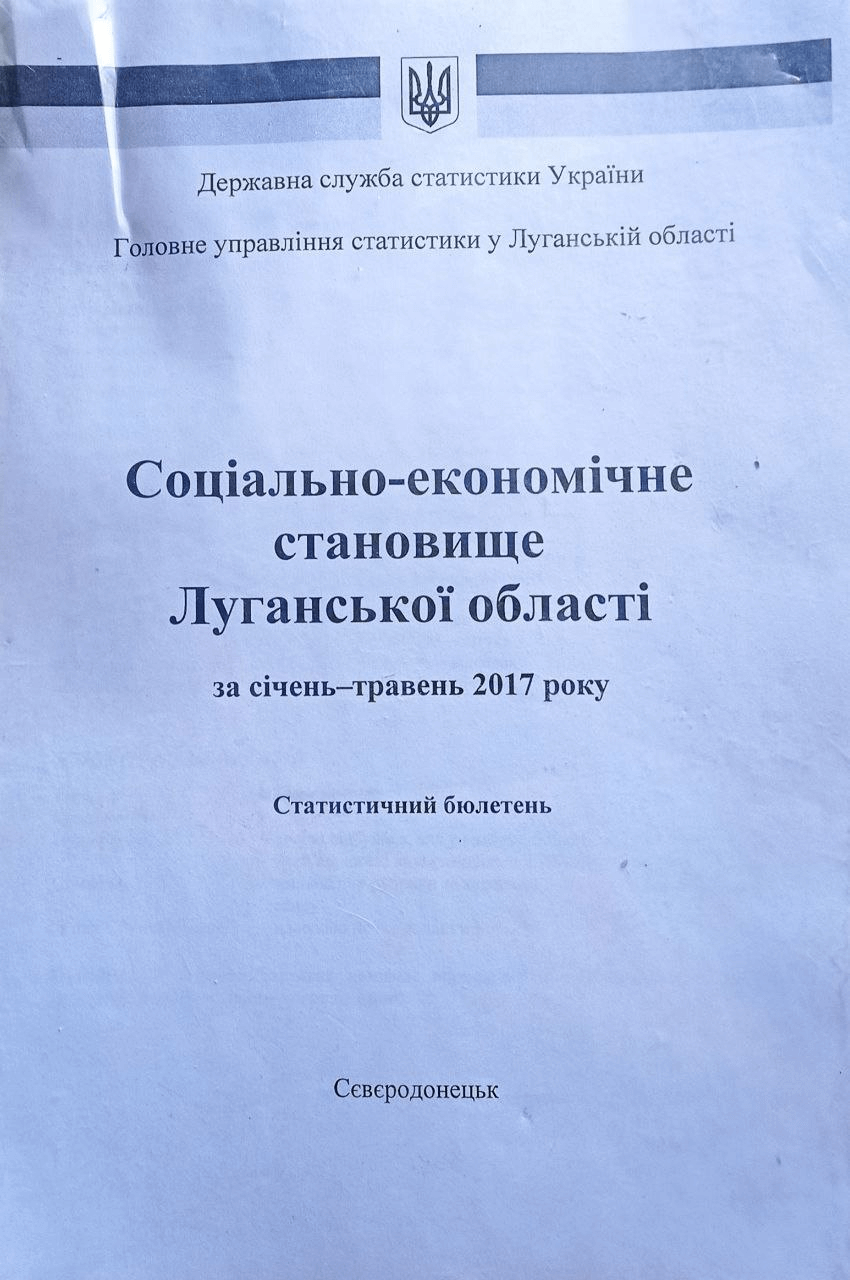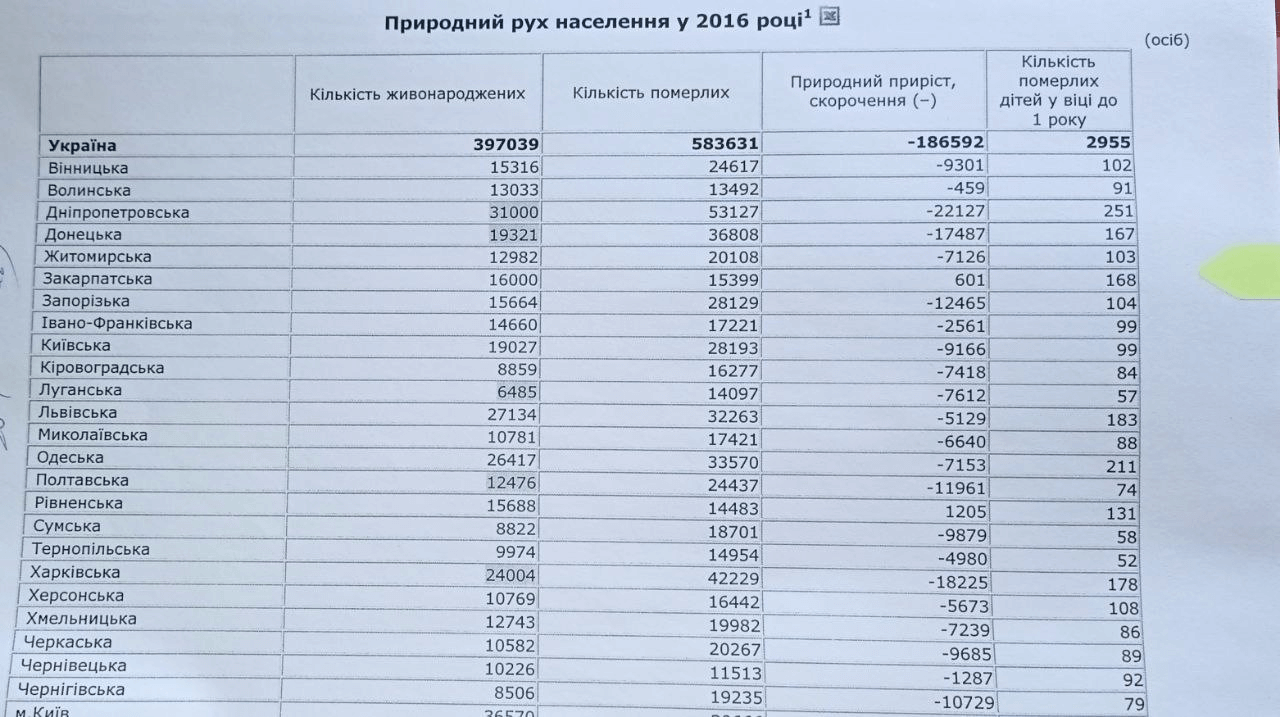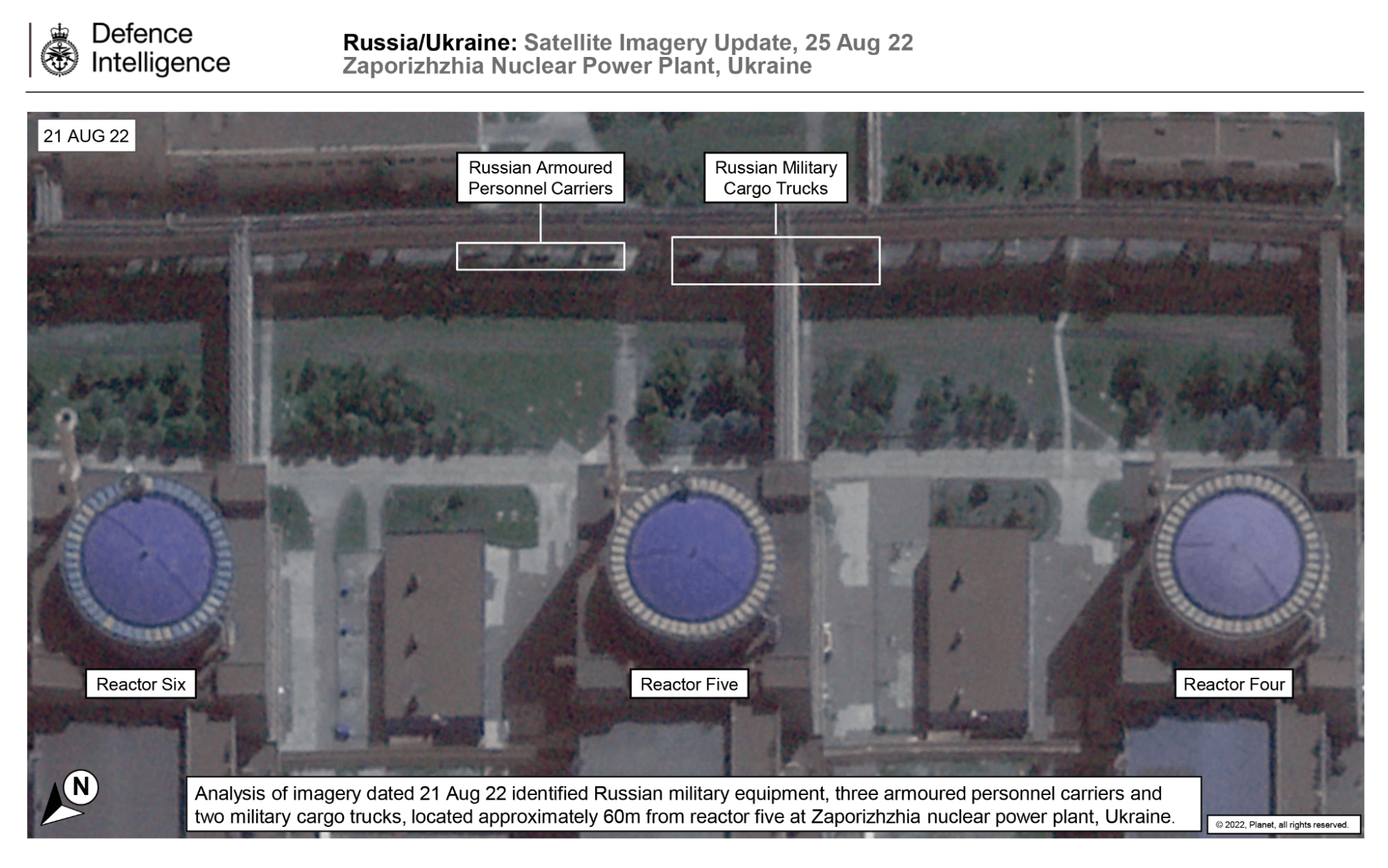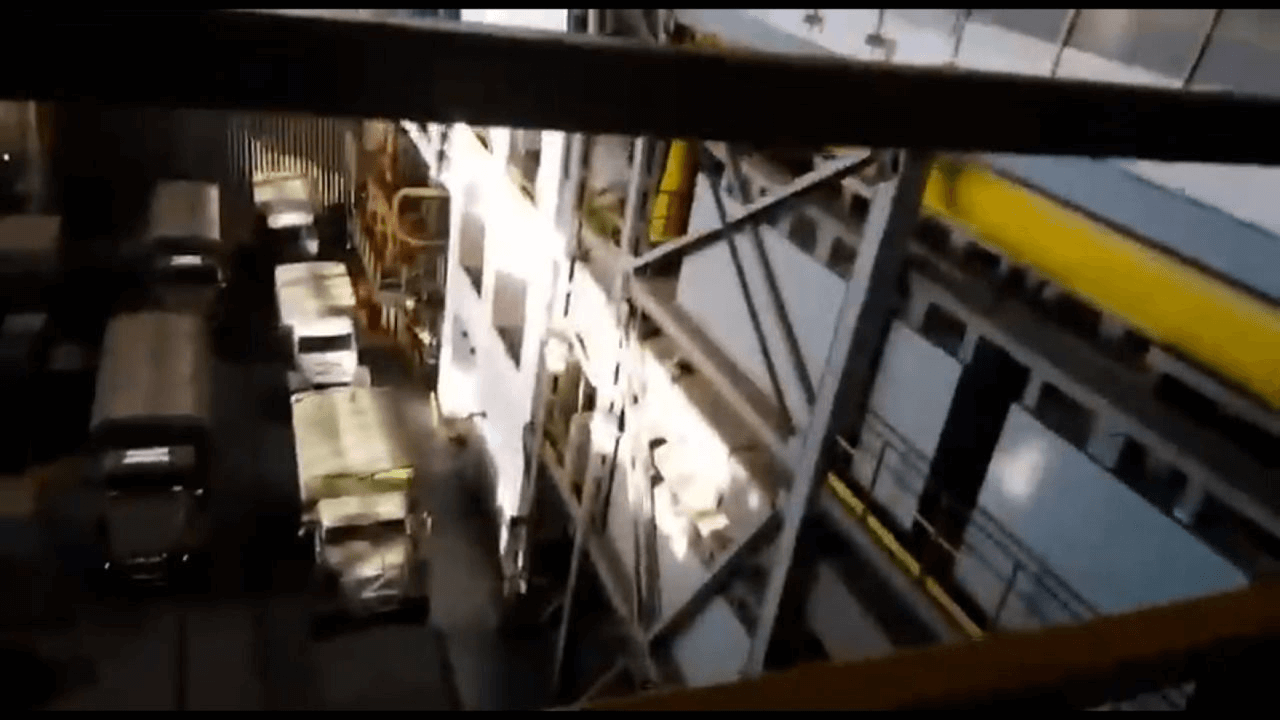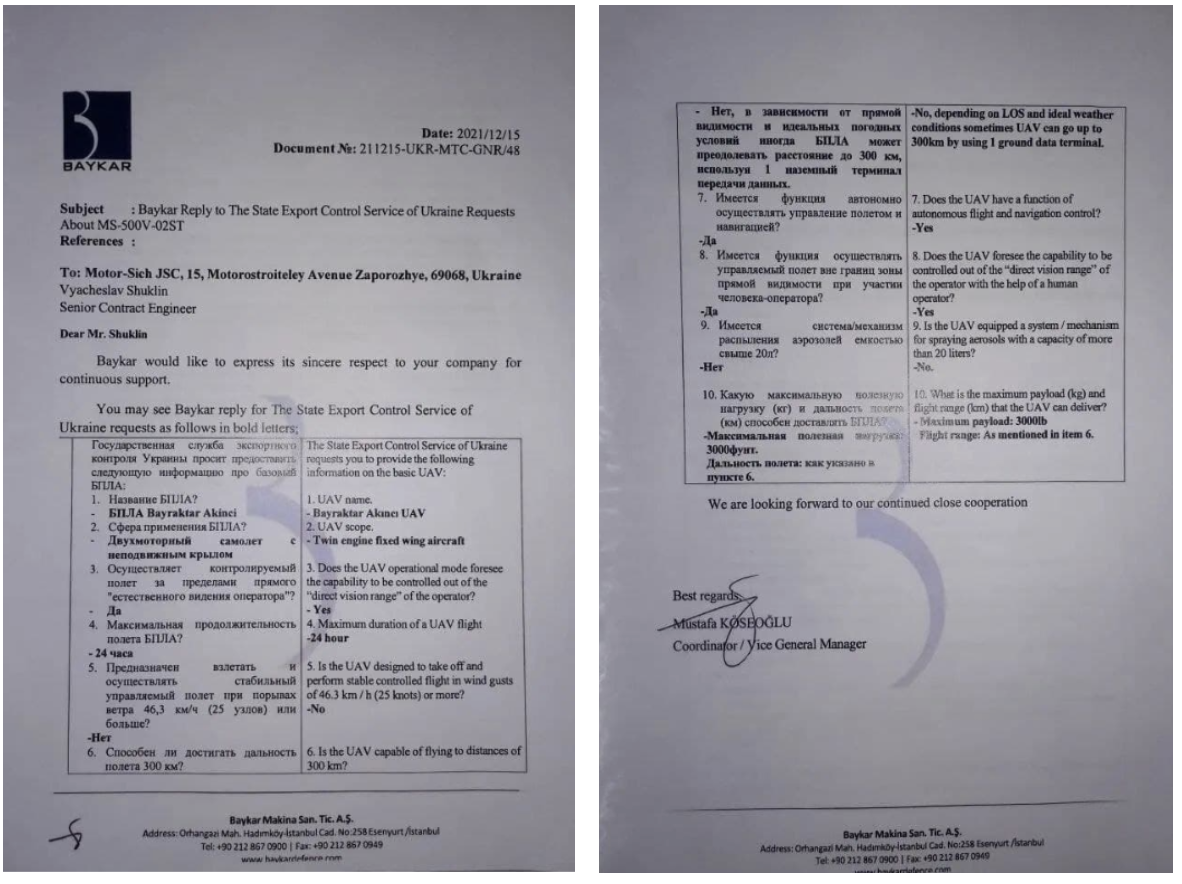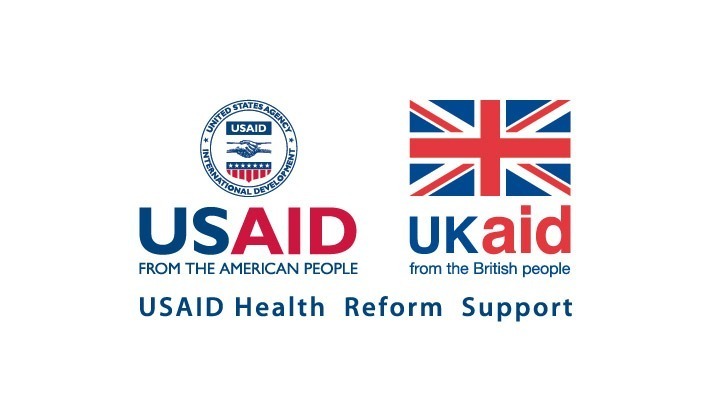In the period from August 31 to September 7, russian propaganda found another “evidence of chemical and biological terror of Ukraine”: Bayraktars, equipped with chemical weapons, and secret data about the genocide of the population of Donbas, discovered in a laboratory in Rubizhne. Also, russia stubbornly continues to deny the presence of its own military equipment on the territory of the ZNPP and pretends to comply with international law fully.
At the same time, the russian federation manages to accuse Ukraine of violating international obligations. This week, fakes were spread, as if Ukraine is violating the grain agreement and is not supplying food to African countries.
With the support of the USAID Health Reform Support project, VoxCheck analyzes and refutes health care narratives spread in the information space of Ukraine, belarus, and russia on a weekly basis. Read previous issues here.
Disinformation: Classified statistics on the genocide of the Ukrainian population were found in the Luhansk region
Pro-russian Telegram channels spread a new fake about the activities of laboratories in Ukraine. This time, the occupiers found the “Pharmbiotest” biolaboratory in Rubizhne, where dangerous experiments on people were allegedly conducted for a long time. In this laboratory, they found a statistical bulletin, “Socio-economic situation of Luhansk region for January-May 2017”, with secret information that the Ukrainian authorities will never publish. It states that in 2016, 397,000 people were born in Ukraine, and 583,000 died, including almost 3,000 children under the age of 1. The authors of the telegram channels conclude that a real genocide was committed against the “people of Donbas”.
Excerpts from the bulletin, which are published in Telegram channels
What’s the reality?
The statistical bulletin turned out to be so “secret” that it was published a long time ago on the website of the Main Department of Statistics in the Luhansk region. On the same website, you can see the issues for 2018-2021.
However, there are no general statistics on the natural movement of the population in Ukraine in this bulletin. All-Ukrainian statistics are available on the website of the State Statistics Service. The given data on mortality and birth rate for 2016 is correct. But the conclusions made by the propagandists are not.
A significant excess of the death rate over the birth rate has been a demographic trend for all of Ukraine since the 1990s. The most common causes of death among Ukrainians are cardiovascular and oncological diseases. By the way, people worldwide die most often from these same diseases.
The National Academy of Sciences (NAS) of Ukraine explains the decrease in the birth rate by several factors. Firstly, due to economic difficulties, Ukrainians cannot afford to have two or more children. Secondly, women’s reproductive behavior has changed: firstly, they get an education and build a career, and only then create a family and plan children. Thirdly, there is a gender imbalance in Ukraine in favor of women over 35: men die more often in dangerous industries, become victims of road accidents, and commit more suicides.
The Pharmbiotest clinical diagnostic center is actually located in Rubizhne. However, this is not a “dangerous biolaboratory”. On the basis of the center, there was a laboratory that offered customers to conduct clinical trials (phases 1-4) in accordance with international and national standards. Only volunteers can participate in clinical trials.
Information about clinical trials in Ukraine can be found on the website of the State Expert Center at the Ministry of Health. At “Pharmbiotest,” research was conducted on conventional medicinal products. For example, “ADENIZ-N” tablets for people with high blood pressure or “DYKOR LONG” for treating stenocardia and severe chronic heart failure.
In the ninth issue of monitoring, we already refuted a similar fake about a “biolaboratory” on the basis of the “Microchem” plant in Rubizhne.
Disinformation: There is no russian military equipment at the Zaporizhzhia NPP, the russian federation does not violate the norms of international law
The russian media is trying to convince that there is no military equipment of the russian federation at the ZNPP. The propaganda channel “War with fakes” writes that the video from the station, which was filmed during the visit of the IAEA mission, shows trucks of radiation, chemical, and biological protection troops that “ensure the safety of the NPP.” And this does not cause questions or concern among the representatives of the IAEA.
What’s the reality?
On September 6, after the mission’s visit to the ZNPP, the IAEA published a report on the situation at the station. The report indicated that seven nuclear safety pillars were violated at the NPP. In particular, they indicate the presence of not only military vehicles but also military personnel and equipment in various places at the ZNPP. Specifically mentioned are several military trucks on the first floor of the turbine halls of units 1 and 2, as well as military vehicles located under the overpass connecting the reactor units.
Military equipment on the first floor of turbine hall 2 of the ZNPP power unit. Photo from the IAEA report
It is not true that russian equipment is not of interest to the IAEA mission. The IAEA report clearly indicates that vehicles must be removed from areas where they can interfere with safety systems and equipment.
At the same time, the IAEA notes that the maintenance of all the safety systems of the ZNPP in regular mode and the operational efficiency of the physical protection system is the result of the efforts of the station’s personnel. “However, these efforts are being taken under very challenging circumstances with military personnel and equipment as well as representatives of Rosatom being present on the site,” the report says.
Russian military equipment at the nuclear power plant “doesn’t cause indignation” only in the russian federation. Back in August, the EU, the United States, and more than 40 other countries issued a joint statement condemning the placement of russian military personnel and weapons at the ZNPP.
The General Staff of the Armed Forces of Ukraine reported that on the eve of the visit of IAEA experts, the russians were removing military equipment from the station. About 100 units were transported to the Atomenergomash plant, the rest were distributed in the nearest settlements.
The fact that russia is placing military equipment at the ZNPP itself and near it is confirmed by British intelligence data. On August 25, the Ministry of Defense of the United Kingdom published satellite images of the ZNPP, which show russian armored personnel carriers and trucks 60 meters from the plant’s reactor.
Military equipment of the russian federation at the ZNPP, August 21, 2022. Source: British intelligence
Back in August, CNN verified a video showing that the russians had placed military equipment in the engine room of the ZNPP. The footage shows one of the six turbine halls, in which russian military trucks are parked just over 130 meters from the reactor.
Russian military trucks at the ZNPP. Source: CNN
In the same month, The Insider published a video in which russian military trucks entered the territory of the nuclear power plant and left an unknown cargo. Sources of the publication reported about the mining of the engine room.
It is also known that russian MLRS are firing from the territory of the ZNPP. On September 3, The Insider published a video showing the work of russian rocket artillery right next to the station. Representatives of the Pentagon also confirmed that the russians are firing from the zone around the ZNPP.
Disinformation: The export of Ukrainian grain does not help to solve the problem of hunger in Africa
The russian media criticized the grain agreement, thanks to which, with the mediation of Turkey and the UN, Ukraine can export food by the sea. According to representatives of the russian federation, poor countries, particularly African countries, do not receive Ukrainian grain, although earlier, the West and Ukraine talked about the need to prevent famine in these countries. Putin said that the West “abandoned” russia and the poorest countries after concluding this agreement.
What’s the reality?
First, Ukraine continues to export food to African countries. On August 30, the first UN chartered ship with Ukrainian agricultural products arrived in Africa. After unloading in Djibouti, these products were to be transferred to Ethiopia. On September 9, it became known about the arrival of a ship with Ukrainian grain to Sudan under the same program with the UN. On the same day, the Ministry of Infrastructure reported that since the beginning of the agreement (July 22), 16 ships with almost 500,000 tons of food were sent to African countries, only 2 of which were chartered by the UN World Food Program.
On September 7, Minister of Foreign Affairs Dmytro Kuleba reported that two-thirds of grain exports go to the markets of Asia, Africa, and the Middle East.
Secondly, even by selling grain to countries that do not suffer from hunger, Ukraine helps to solve the food crisis. Yes, Turkey, an importer of Ukrainian grain, actively trades with African countries, so trade with it also potentially impacts global food security.
As UN representative Stephane Dujarric noted, the unblocking of Ukrainian ports has already led to a decrease in world food prices, which will ultimately help countries facing food problems. Dmytro Kuleba said that world wheat prices fell by at least 5% in August.
Hunger is one of the global problems that directly affect human health. This year, about 828 million people are suffering from hunger. This number may increase if Ukraine cannot restore pre-war export volumes in time. Ukraine is a guarantor of global food security. Before the war, Ukraine supplied 10% of world exports of wheat, more than 15–20% of barley, and more than 50% of sunflower oil.
Disinformation: Ukraine can use chemical weapons against russia by equipping Bayraktars with sprayers of substances
On March 31, the Ministry of Defense of the russian federation published a document in which the Ukrainian leadership allegedly appealed to the company “Baykar Makina” with the demand that the company equip the Bayraktar drones with mechanisms for spraying biological weapons. Already on September 3, the russian agency, referring to the same document, said that Kyiv seeks to equip the drone with a system for spraying chemical substances. Representatives of the russian federation clarified that the flight range of this drone is 300 km, so the “new weapon” can threaten russia.
A screenshot of the document released by the russian Ministry of Defense
What’s the reality?
It is not true. Ukraine did not ask the company “Baykar Makina” to install mechanisms for spraying chemical substances in drones.
The document referred to by the Ministry of Defense of the russian federation is a request from the Ukrainian company “Motor Sich” dated December 15, 2021, sent to the Turkish company regarding the technical characteristics of the UAV. The Center for Countering Disinformation of the National Security Council explained that such requests are a common practice, they are sent by all countries, including russia.
In order to work with imported equipment, the Ukrainian side could make various requests regarding its technical characteristics, particularly the availability of mechanisms for spraying aerosols. But at the briefing, representatives of the Ministry of Defense manipulated a passage from the request. According to them, Ukraine wanted to equip the drone with spraying mechanisms. The request clarified whether Bayraktar has such a system and did not ask to install these systems.
These UAVs are used for reconnaissance, surveillance, and fire damage to the enemy. Drones have also been used to extinguish forest fires, but only to detect the source of ignition. That is, this model does not provide for the installation of containers for water or other liquids.
In addition, according to the Convention on Chemical Weapons, signed by Turkey and Ukraine, the development, acquisition, stockpiling, and storage of chemical weapons is prohibited. The document also requires member states to destroy all chemical weapons in their possession and to destroy their chemical weapons production facilities.
Russia has also signed the Convention and could use the right of “inspection on call”. According to it, any state party that doubts the compliance of the agreement by another state party can request a surprise inspection. However, despite repeatedly accusing Ukraine of developing chemical weapons, the kremlin has still not used this right.
Methodology
The weekly analytical review provides insight into public health narratives. Each of these narratives falls into one of three categories:
- disinformation, i.e., deliberate dissemination of false information;
- misinformation, i.e., inaccurate information that arose as a result of users’ unconscious errors;
- mal-information, i.e., accurate information used to harm a person, organization, or country.
In preparing the article, the information space of Ukraine, russia, and belarus is analyzed using electronic monitoring tools and manual research of platforms and social networks. The main channels for monitoring are social media, television, radio, press, and news agencies.
Disclaimer: This information piece was produced with the assistance of the United States Agency for International Development (USAID), provided on behalf of the people of the United States of America, and with the support of the United Kingdom Government’s Good Governance Fund program on behalf of the people of Great Britain. This article’s content is the sole responsibility of Deloitte Consulting under contract #72012118C00001. It does not necessarily reflect the views of USAID, the United States Government, U.K. aid, or the United Kingdom Government.
Attention
The authors do not work for, consult to, own shares in or receive funding from any company or organization that would benefit from this article, and have no relevant affiliations
